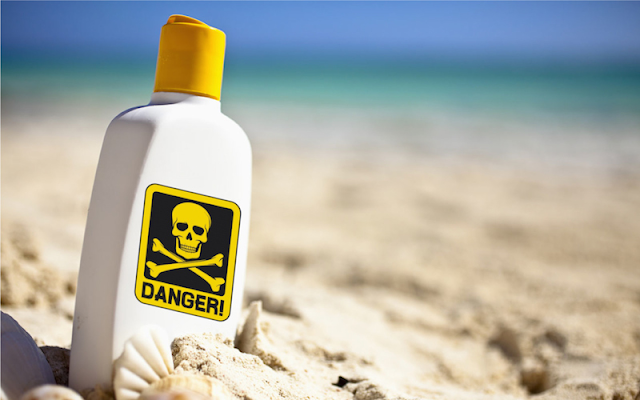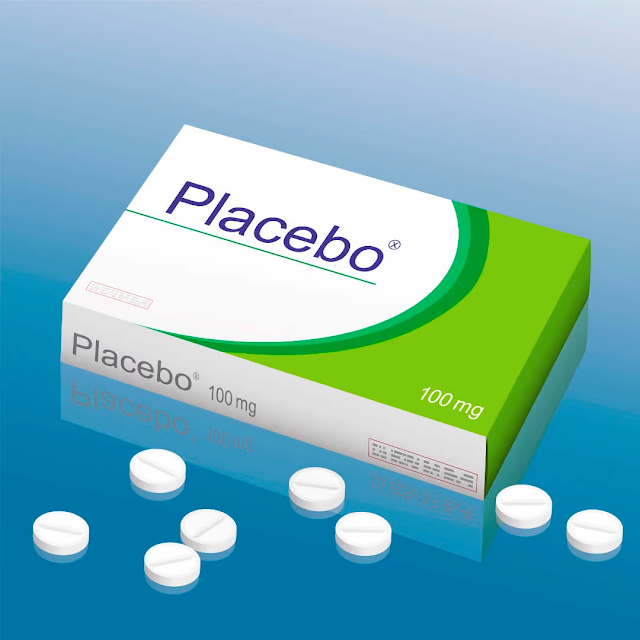Sunscreen, Sunlight, and the REAL Cancer Risk!
By Kim Marquardt, RN MSN
This blog post is from the Nurse Kim archives of myth
busting. I want to share some "alternative" or maybe just lesser
known health and wellness viewpoints for you to chew on.
*These posts are not intended as official medical advice.
They ARE meant to be fun, informative, and thought
provoking, hopefully sparking an interest for you to do your own research (you
can start with the links I provide!) and discover the marvels of the human body,
and how it can function at its optimal performance level if we understand how
it works and interacts with our environment and our diet.
I have a passion for health and wellness through lifestyle
and nutrition and have done thousands of hours of research in addition to being
a registered nurse for 23 years. I have done A LOT of self-experimentation in
and around diet, lifestyle, body care, and supplementation and have spent a lot
of time looking into the science behind it all (or lack thereof!). Check back
weekly for the latest post!
-----
Annoyance alert, annoyance alert!!! I just got this
article into my email inbox from Kaiser, cause, ya know, they care about my
health (sarcasm). Now, I am not suggesting that medical professionals (of which
I am so can talk as much smack as I want 😉) at Kaiser, or any other ginormous money
making healthcare operation (second round of sarcasm), do not sincerely
care about people’s health; there are plenty of wonderful people in healthcare
who are genuinely in it because they want to help people. The problem is, the system
is not set up to help people, it is set up to make money. And to make matters
worse, woven into that system are years’ worth of modern western medicine
practices that are controversial/questionable at best, but maybe even harmful.
Our avoidance of healthy sunlight exposure while simultaneously
slathering ourselves in chemicals to block the sun’s rays is one of those modern
western nuggets of garbage that needs to go quietly into the night (in my
humble – and well researched – opinion). I know you have heard me blather on
about this in a previous blog post, but the topic is worth a blog post of its own.
So… hang onto your sun hats.
Let me be clear right up front: I am NOT advocating to never
use sunscreen! I am making the case that 1) 15-20 minutes of sun exposure a day
without sunscreen is essential for health, and 2) when you use
sunscreen, you should use a MINERAL product, not a CHEMICAL
product.
Back to the article in question linked above. Feel free to
go in and read the whole thing but I am going to pull out some quotes below. We
are going to do my 3 favorite things with this information: 1) look at the
science, 2) apply logic, and 3) think for ourselves. Imagine that (sarcasm #3 –
okay we can stop counting now).
The article states both of these things:
- …there’s no clear evidence that one [chemical vs. mineral sunscreen] is better for your health…
- Some sunscreen chemicals can be harsh on the environment, though, particularly coral reefs. If you’re planning a beach vacation, you might want to consider an eco-friendlier mineral sunscreen. In fact, some places — like Hawaii — have outlawed chemical sunscreens to protect ocean life.
?????????????????????
Is anyone else perplexed how both of these things can
be true at the same time? Here, let me rephrase what the article says in a clearer
format: Chemical sunscreens are perfectly safe to slather all over your body
daily, therefore being absorbed directly into your bloodstream, in fact,
we recommend reapplication EVERY TWO HOURS while in the sun, but… they
also kill coral reefs and ocean life.
If anything at all, this should make you want to do a little
more digging. So, let’s do it.
First, why do we have an ever increasing trend in
melanoma and non-melanoma skin cancers if using sunscreen reduces
your chances of developing skin cancer by 40%?? Are we all just doing it wrong?
And why did I develop two basal cell carcinomas on the only place
I had applied sunscreen EVERY SINGLE DAY for 20 years… my face!?
I bet you thought I was just a third party observer of this
phenomena, but no… I am a skin cancer statistic, so I do not take this lightly.
But when my dermatologist suggested I just apply MORE sunscreen MORE OFTEN after
my diagnoses, I kinda felt like I was being told after poking myself in the eye
with a fork that if I would just POKE IT HARDER, that would make it feel
better.
So, let’s not poke our eyes with forks, let’s instead look at
1) the virtues of healthy sun exposure and 2) the (major) problems with chemical
sunscreen:
Healthy Sun Exposure
- Vitamin D is a hormone synthesized in the skin during UVB sun exposure. 15-20 minutes of sun exposure can generate up to 20,000 IU. The supplement version, while totally helpful and necessary at times, is many times less bioavailable (usable by the body) than that synthesized through sun exposure. Adequate levels (> 50, ideally in the 60’s or 70’s) have been shown to prevent, improve, or eliminate depression, dementia, heart disease, impaired immune function, high blood pressure, chronic pain, arthritis, metabolic syndrome (diabetes), fibromyalgia, psoriasis, several types of cancer, and multiple sclerosis. Vitamin D deficiency is an epidemic in the US with 42% of US adults with levels less than 20.
- Nitric Oxide is so important that it is produced by nearly every cell in the human body. UVA from the sun stimulates the release of Nitric Oxide stores in the skin. It maintains vascular health, relaxing smooth muscle, dilating vessels, and improving circulation. It maintains healthy blood pressure, improves muscle function and performance, and improves insulin sensitivity and therefore blood sugar control. Some experts think that the clear health benefits we see in individuals with increased sun exposure throughout their lives are related to Nitric Oxide even over Vitamin D.
Check out this amazing video expanding on the nitric
oxide info, Sunlight and Health by Dr.
Paul Mason, where he discusses that avoidance of sunlight actually increases
mortality rates to that of lifetime smokers! Bonkers!
This one’s a little long, but Benefits of
Sunlight: A Bright Spot for Human Health is an unbelievable piece that
I highly recommend checking out. A quote:
“Moreover, although excessive sun exposure is an established
risk factor for cutaneous malignant melanoma, continued high sun exposure
was linked with increased survival rates in patients with early-stage melanoma
in a study reported by Marianne Berwick, an epidemiology professor at the
University of New Mexico, in the February 2005 Journal of the National Cancer
Institute. Holick also points out that most melanomas occur on the least
sun-exposed areas of the body, and occupational exposure to sunlight
actually reduced melanoma risk in a study reported in the June 2003 Journal
of Investigative Dermatology.”
Chemical Sunscreen
Now for the bad news. Although the good news is, you can just use a mineral sunscreen instead of chemical sunscreen! And there are plenty of options. But let’s talk about why (the science). Remember the whole “kills coral reefs and ocean life” thing from earlier? Below are some of the problematic ingredients in chemical sunscreens that YES in addition to killing off fishies, have been shown to disrupt hormones and contribute to cancer and a number of other health issues:
- Vitamin A: Topical on the skin has been shown to contribute to the development of cancerous skin lesions. Otherwise known as retinyl palmate or retinol, has been shown by the FDA to speed the development of malignant cells when applied to skin which is then exposed to sun.
- Oxybenzone: In nearly 65% of all non-mineral sunscreens, this is a synthetic estrogen mimicking agent that disrupts hormone regulation and blocks testosterone. The CDC routinely detects oxybenzone in more than 96% of the American population.
- Octinoxate: Produces free radicals in the skin which contribute to premature aging and is an estrogen mimicker.
- Homosalate: Accumulates in the body faster than we can get rid of it and also disrupts hormones.
- Octocrylene: Absorbs UV light and creates free radicals that damage cells and cause mutations (cancer). Kills coral reefs.
- Paraben preservatives: Causes allergic reactions, hormone disruption, and is a developmental and reproductive toxin.
In Summary
When something doesn’t sound right, it probably isn’t (i.e., "It’s perfectly healthy for humans, but kills coral reefs and ocean life.").
- Do your own research.
- Don’t be afraid to question the experts.
- And above all else… think for yourself.
Until next week…




Comments
Post a Comment